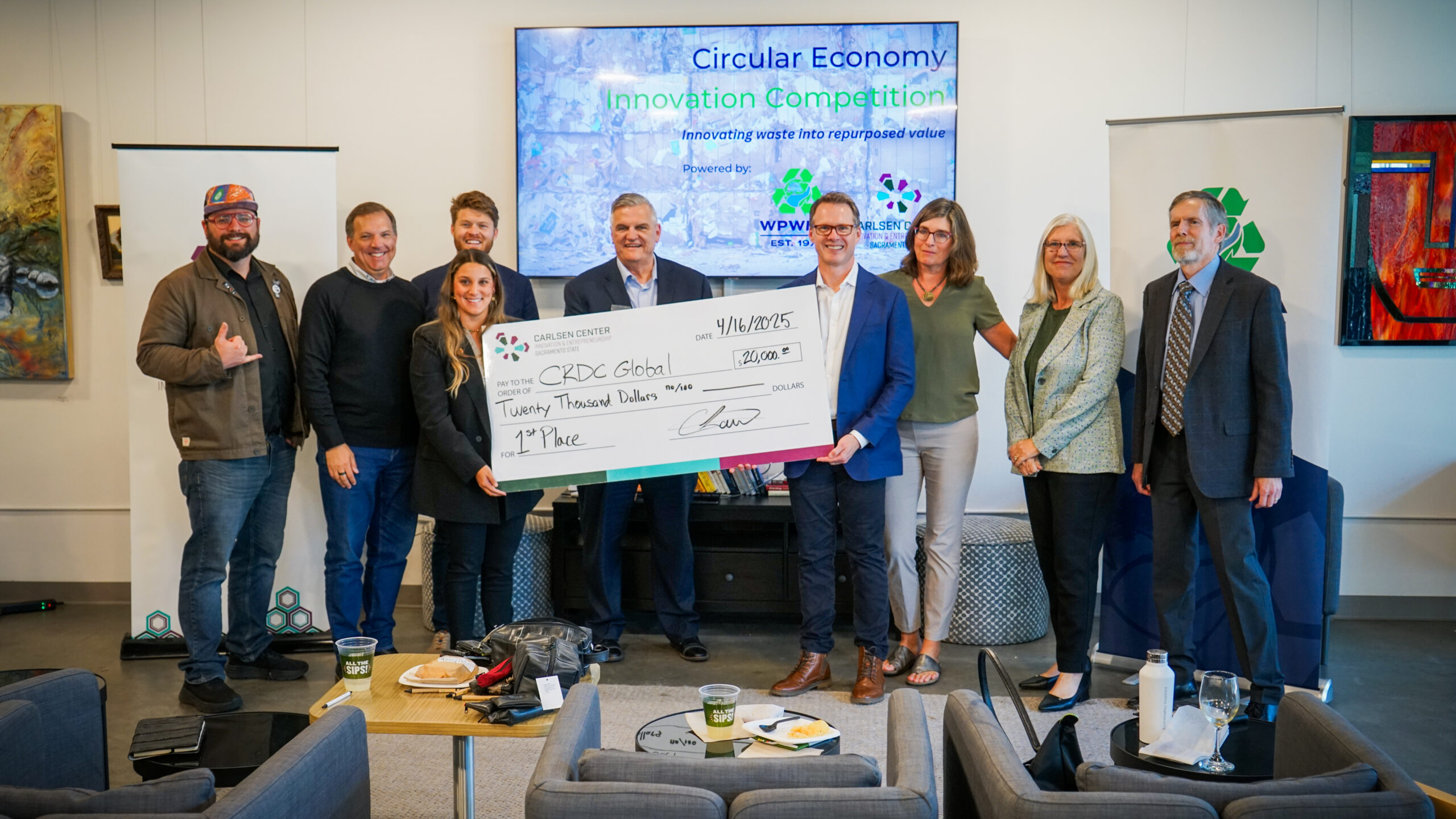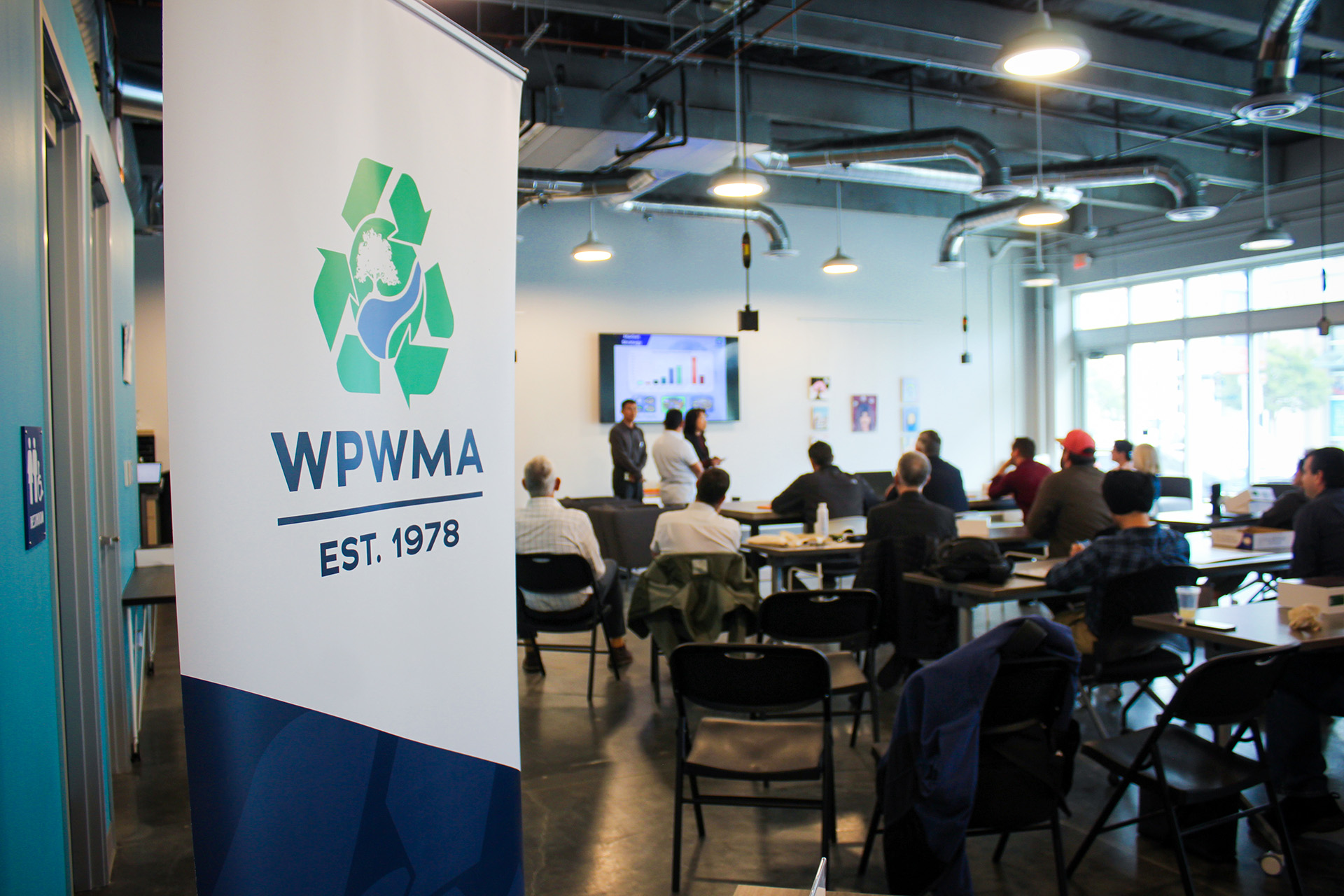The total cost of the facility improvements will be $120 million. This includes a high-diversion Materials Recovery Facility (MRF), a state-of-the-art Construction & Demolition (C&D) recycling facility, a new Maintenance Shop, and a compost facility expansion. Construction of these facility improvements began in May of 2023.
Minimum recovery rates for municipal solid waste (general commercial and residential garbage) will nearly triple and be increased from 22% to 60%.
Minimum recovery rates for construction and demolition material will be increased from 50% to 65%.
The new high-diversion Materials Recovery Facility (also known as a High Diversion Organic Waste Processing Facility, HDOWPF) includes state-of-the-art technology that has been designed to achieve compliance with SB 1383 and recover more than 75% of organic waste with no changes to current collection methods.
This technology includes initial size reducers to rip open bagged material to liberate organics and recyclables for further sorting. Gunther Splitter Screens are positioned directly after the size reducers to target the liberated organics fraction by separating material that is smaller than 2 – 3″ and highly rich in organics away from the remaining material by conveying downstream for further refining and composting.
Anti-Wrap Screens are positioned to target the remaining organics in the materials stream that were missed by the Splitter Screens. Organic material falls between the rotating discs and other material (including recyclables and films) glides along the top for further sorting.
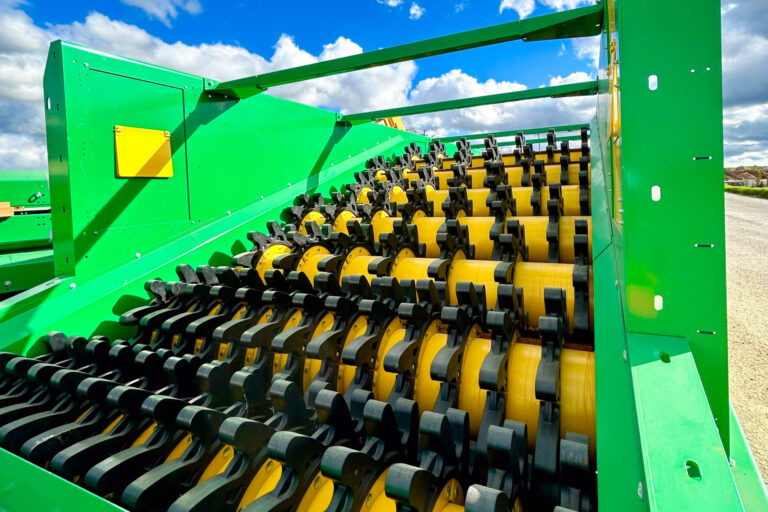
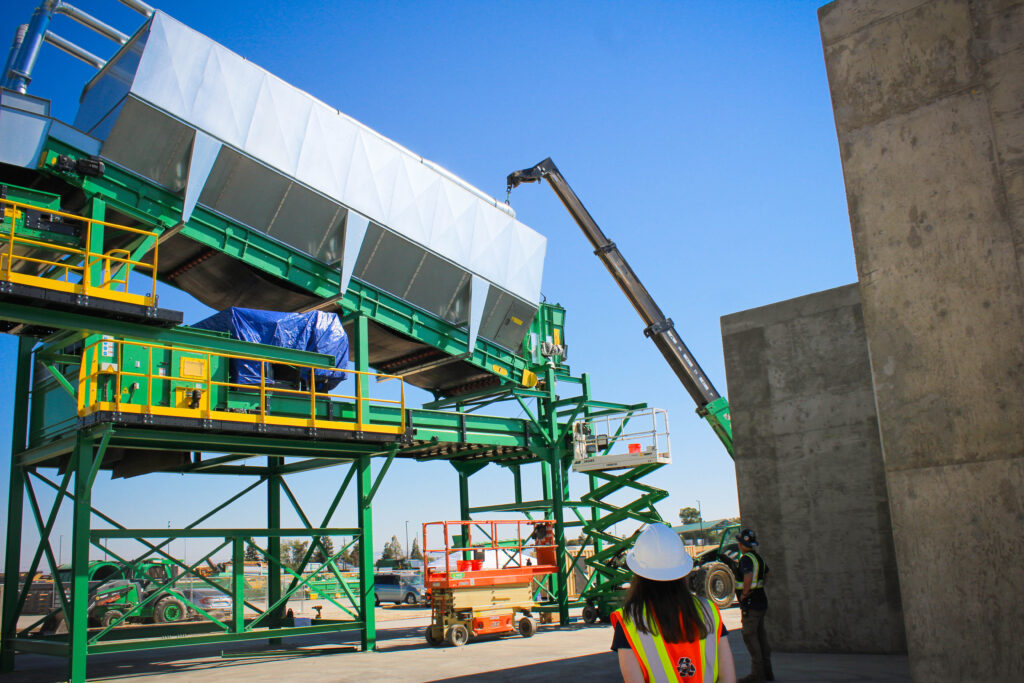
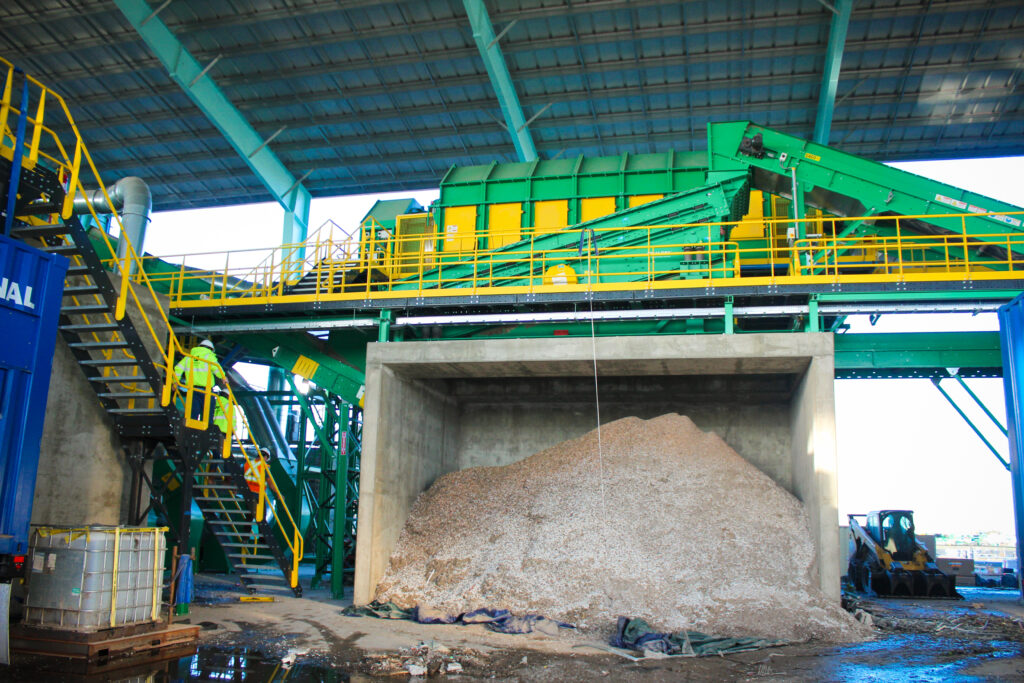
In both the new MRF and C&D facilities, these Air-Powered Density Separators separate materials by density to the correct downstream equipment for further recovery.
These look like large metal boxes where a jet-stream of air is immediately blown on the materials and lighter material floats inside the box with heavies immediately dropping.
In the WPWMA’s new MRF, Elliptical Screens separate 2D materials (including films and paper) from 3D materials (including bottles, cans, and cardboard) using a circular motion (like the exercise equipment).
These screens even separate additional organic-rich “fines” that fall the below the unit onto a collection conveyor belt.
At the WPWMA’s new C&D facility, a SPALECK Flip Flow Screen collects “fines” between 3/8″ and 1/2″, which can be used as an Alternative Daily Cover (ADC) at the landfill.
In the new MRF, a similar screen helps to remove debris and remaining organics from recyclables, making cleaner and more marketable products.
The new MRF will have the capacity to process 110 tons per hour.
The new Construction & Demolition (C&D) facility will have the capacity to process more than 60 tons per hour.
Construction completed on the WPWMA’s new C&D facility in December 2023 and the facility has been operational since February 2024.
The new compost facility will utilize new technologies including Aerated Static Pile (ASP) Composting, which requires no physical manipulation of the material and uses air to control the temperature and standardize the time the process takes.
Additionally, the organic material (food waste) diverted from the waste stream will be composted using underground aeration trenches and GORE covers with a Covered Aerated Static Pile (CASP) Composting technology. This method can reduce unpleasant odors associated with composting by 90%.

The new MRF and C&D facility will employ magnets for recovering metals and eddy currents to recover non-ferrous metals.
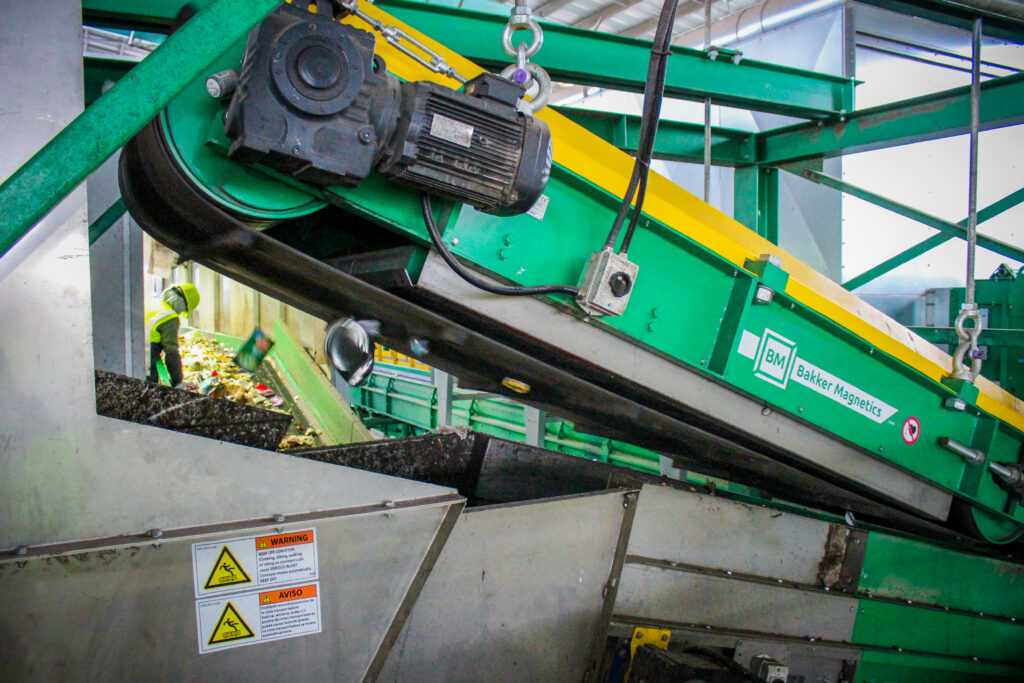
A TOMRA Sensor Based Sorter can accurately process and sort materials in micro-seconds and uses sensors and air valves to eject certain materials for recovery. The WPWMA has 2 of these machines at the C&D facility and 14 in the new MRF. Each machine can accurately sort more than 200 materials per minute.
The clean fiber will be conveyed to a Rolling Bed Dryer to upgrade the fiber quality and better prepare it for recycling.
Construction on the WPWMA’s new MRF is anticipated to be completed in late Spring 2025 with testing and commissioning to follow, with complete operations beginning July 2025.
To have any questions answered, please email info@wpwma.ca.gov; to learn more about “How Recycling Happens at the WPWMA”, please watch this video; and to see sorting in process yourself, schedule a tour of the WPWMA!



